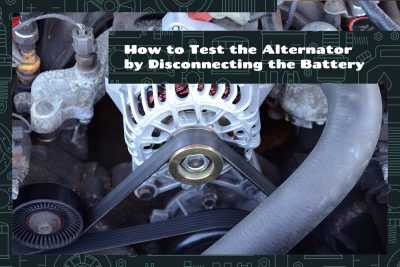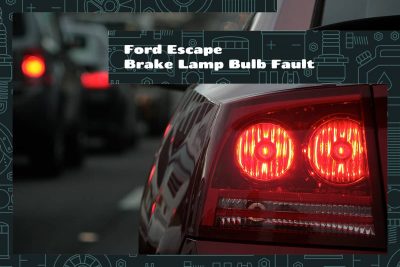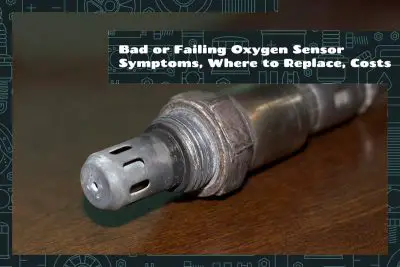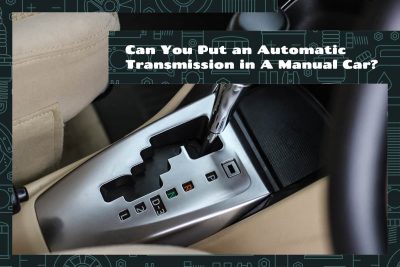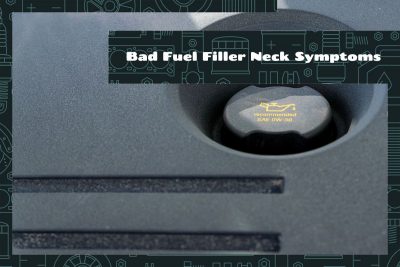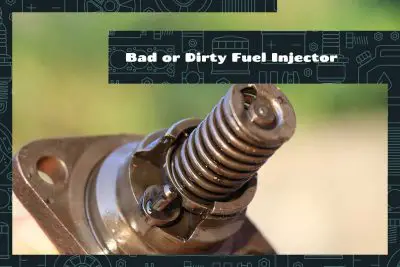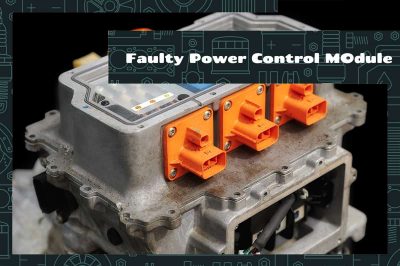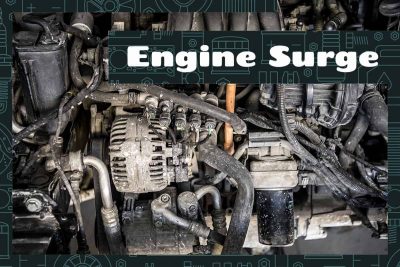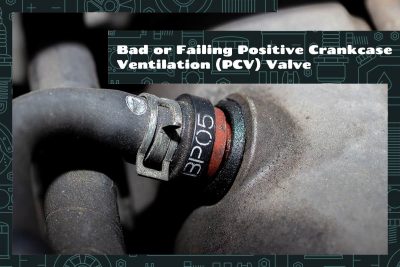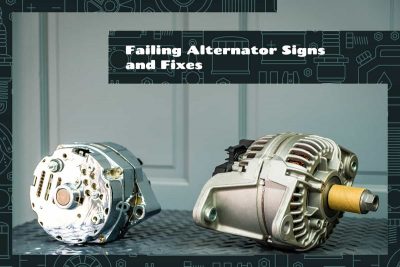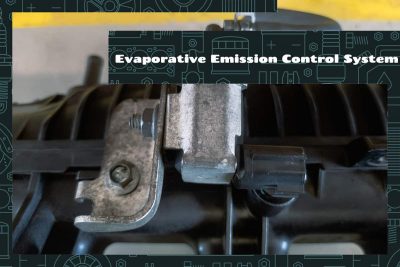Car lights serve an essential role in road safety by enhancing visibility and communication with other drivers. However, flickering lights can be a perplexing issue for many vehicle owners. The occurrence is not just an inconvenience; it can potentially signal underlying problems in your car’s electrical system that need immediate attention.
Your car’s alternator is an essential component that keeps your vehicle running smoothly. It generates electricity to power all the electrical systems while charging the battery to ensure it’s always ready to start the engine. A simple and effective way to test your alternator at home is by disconnecting the battery.
Brake lights play a crucial role in vehicle safety, as they alert other drivers when you are slowing down or stopping. For Ford Escape owners, it’s essential to keep these lights in good working condition to ensure safe driving. A common issue that can arise with brake lights is a bulb fault, which can lead to dim, flickering, or unresponsive brake lamps.
Your car is like a giant puzzle with many parts, and one key piece is the oxygen sensor. This tiny device tells your car’s computer how much fuel to use for the engine to run smoothly and efficiently. When it works well, you might not notice it. But when it starts to fail, it can cause a bunch of problems and might even harm the environment.
Yes, it is technically possible to put an automatic transmission in a car that initially has a manual transmission. The process, known as a transmission swap, can be complex and expensive, with costs generally ranging from $1,500 to $5,000, depending on the specifics of the vehicle and the parts involved.
Fuel filler necks may not frequently cross the mind of most vehicle owners, but they are a critical component of a car’s fuel system. They serve as the passage for fuel to travel from your gas pump nozzle into your car’s fuel tank. Like any other part of your vehicle, the fuel filler neck can wear out or become damaged over time, impacting your car’s performance and safety.
Fuel injectors ensure that fuel reaches your engine in the correct amounts and at the right time. When they are clean and functioning properly, they promote optimal vehicle performance and fuel efficiency. However, they can become dirty or clogged over time due to poor quality fuel and lack of proper maintenance, causing a slew of issues that can significantly affect your vehicle’s operation.
The Powertrain Control Module (PCM) is your vehicle’s main computer. It controls key systems like the engine, transmission, and emission control. Common symptoms of a faulty PCM include erratic engine behavior, problems with shifting gears, fluctuating fuel economy, ignition troubles, and increased vehicle emissions.
Engine surge is an irregularity that can unexpectedly creep into your driving experience, triggering an unsmooth ride and potentially signaling deeper mechanical issues. Grasping this phenomenon is critical not only for maintaining the optimal performance of your vehicle but also for ensuring its longevity.
The heart of your vehicle is its engine, a complex maze of components working in harmony to keep you moving. Among these parts, the Positive Crankcase Ventilation (PCV) valve may seem minor, but its role is crucial. This seemingly insignificant part is a key player in maintaining your vehicle’s health, performance, and emission control. However, like any other component, it can fail, leading to a series of potential issues.
The signs of a failing alternator can include difficulty starting your vehicle, dimming lights, warning signs on the dashboard, unusual noises, battery issues, and visual signs of damage. To fix it, you’ll either need to repair or replace the alternator, either professionally or through a DIY approach if you have the necessary skills.
The Evaporative Emission Control System (EVAP) is a part of a car designed to prevent fuel vapors from escaping into the atmosphere. It captures fuel vapors produced in the fuel tank, stores them in a charcoal canister, and then releases them into the engine to be burned when the car is running.

